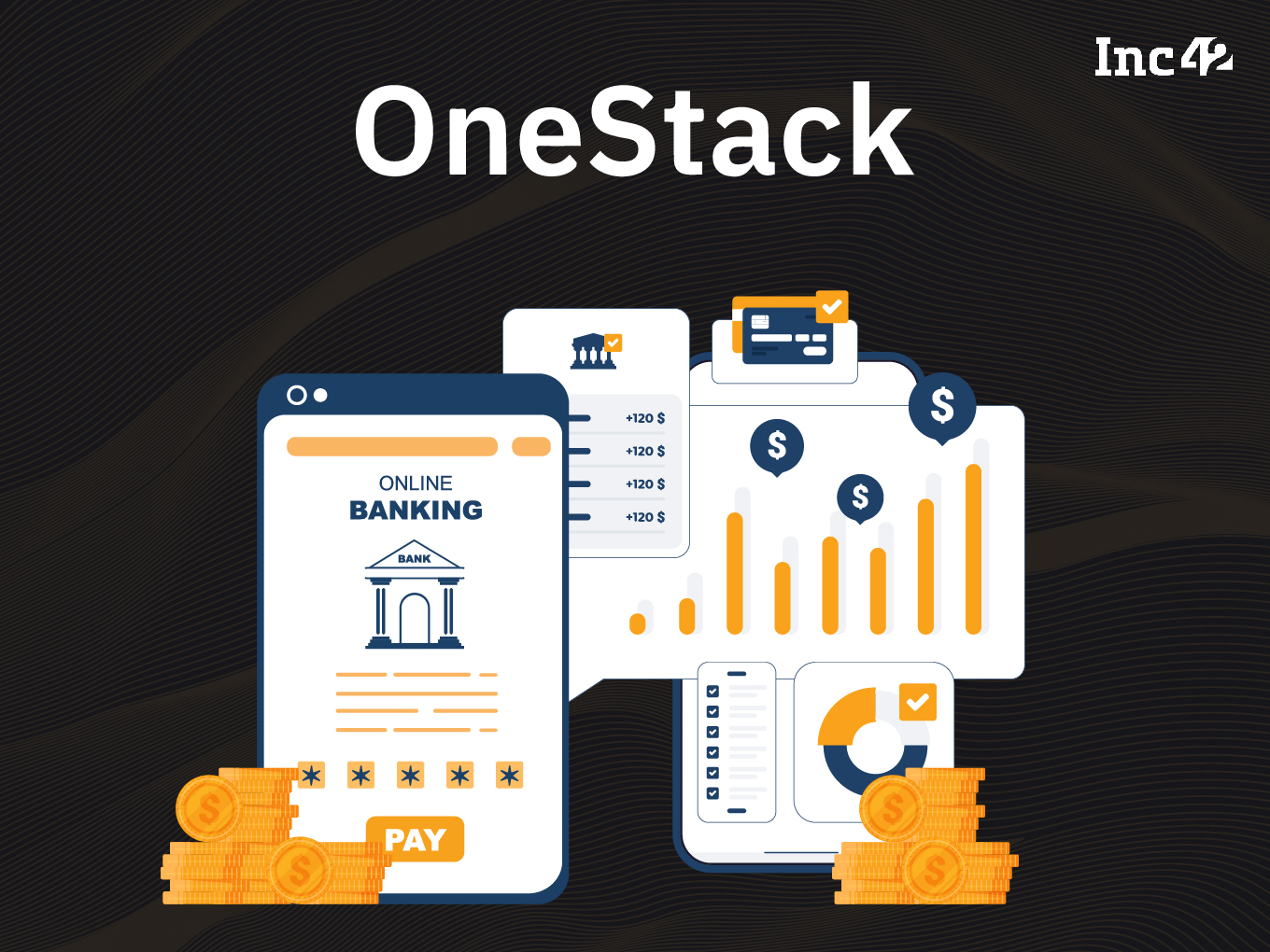Amazon announced Thursday, with a strange lack of ceremony, that it’s making an attempt to break into the cloud-based gaming business. The new service is called Luna and is a subscription-based streaming service for video games, meant to compete with similar offerings such as Google Stadia or Microsoft’s Project xCloud.
It’s a low-key debut for a potentially major event. Amazon doesn’t seem to have done much in the way of pre-release marketing for Luna, and its debut was scheduled opposite the annual Tokyo Game Show, so much of the American video game media is currently distracted. Most companies would’ve chosen their reveal window more carefully than this, but Amazon has thrown Luna out onto the main stage without preamble.
On paper, this is a big deal. One of the largest multimedia companies in the world, which is also one of the largest retailers in the world, has officially unveiled a new video game publishing platform. Luna is powered via Amazon Web Services, attractively priced at the moment ($5.99/month during an early access period), and has a current library of more than 100 games, which range from mainstream hits like Resident Evil 7 and Control to indies like A Plague Tale. Future plans involve opening up developer-focused “channels” that subscribers can pay more to opt into, much like premium cable channels.
The Luna Controller.Like other cloud-based streaming services on the market, the idea behind Luna is that any subscriber with a high-speed Internet connection, a compatible media device, and a controller can play Luna’s library of video games at 1080p and 60 FPS without additional purchases or expensive hardware. Because you’re effectively setting up a two-way video call with Amazon’s server, it’s doing all the heavy lifting for you, which cuts out a lot of cruft like long installation times.
Luna is currently set up to run via applications on PC, Mac, and the various FireTV devices, as well as through Chrome or Safari web browsers on iOS and later Android. Its control options include PS4 and Xbox One controllers, as well as mouse and keyboard; Luna early access members can also pay $49.99 for an Alexa-enabled Luna Controller, which looks suspiciously like they’ve filed the serial numbers off of the AmazonBasics Xbox One pad.
The smart
Luna’s biggest edge right now is arguably its direct integration with Amazon’s Twitch service. If a supported game is currently being played on Twitch, viewers of the stream can push a button to start playing the same game immediately.
Amazon’s mockup of how Luna works with Twitch, featuring Remedy’s hit 2018 game Control. (Amazon Image)This is a bigger deal than one might think at first glance. Twitch is currently the biggest streaming platform by an order of magnitude, and as such, is a major sales driver in the modern games industry. Many hit games in recent years, such as Fortnite, Call of Duty, and this year’s Fall Guys and Among Us, owe some of their success to Twitch “influencers” playing the games for an audience.
Amazon unveils spherical Echo speakers, flying indoor security camera, and cloud gaming service
However, that in turn has caused an ongoing, potentially massive issue in the games industry, and it’s one that many players don’t even realize is there. Right now, there’s a small but thriving cadre of professional content creators who make videos, livestreams, and other media based off of documenting their experiences with various video games. Some of those creators can make a decent living, or even rise to international stardom, off of this content.
The people who actually make those video games, however, don’t get anything out of that. To be a video game developer in 2020 is to accept the very real possibility that your new game, which you’ve potentially put years of your life into, is going to make a handful of random YouTubers and Twitch streamers a lot more money than it will ever make for you.
The current industry solution to this issue is to make influencers into what amounts to a spoke in a game’s marketing program, via press events and early content access. If they’re going to be there anyway, the argument goes, at least we can get them to work for us.
Luna’s Twitch integration changes that math. It offers the chance that at least some of a streamer’s audience might be effectively converted into players of that streamer’s current game, particularly since that audience won’t need any additional hardware to play it.
(Amazon Images)While there’s no guarantee that will actually happen, particularly since Luna is a paid subscription service, even the possibility thereof is a strong argument on behalf of Luna for any publisher. If Luna ends up as a bundled option with Amazon Prime, or at least gets free or reduced-cost trial periods as frequently as Prime does, the Twitch integration could end up as the single biggest point in its favor.
Google Stadia does have a vaguely similar feature via its Click to Play integration, where Stadia members can click on links in a YouTube video description to be instantly taken to a game’s Stadia page. That feature is a distinct downgrade from how the integration was initially presented, however, and wasn’t available at all until last July, eight months after Stadia’s launch. Luna’s Twitch integration as planned skews closer to the ideal form of the feature, where one click seamlessly gets you from watching a stream to booting up a game.
Naturally, Luna also features the upsides of gaming in the cloud. It’s designed to work with devices you likely already have, which dramatically lowers the cost of entry for a modern gaming experience; in theory, a $40 Fire Stick could get you playing top-end games in seconds. Luna’s also easy to fit into your living space, which is attractive to players in dorms or small apartments.
Luna’s library-based setup dodges much of the issue of customer ownership that’s plagued services like Google Stadia since their launch. You aren’t paying for individual access to particular titles on Luna, but rather, for overall access to Luna’s libraries. If a game gets pulled from those libraries for whatever reason, it may be annoying, but you aren’t stuck with the Stadia issue where you paid actual money for what’s now an inaccessible product.
The questionable
Luna also shares the downsides of any cloud-based gaming service. Simply put, it assumes the presence of strong residential Internet providers supported by robust local infrastructure, which just isn’t the case in much of the U.S. It’s not hard to imagine Luna being a popular service in someplace like South Korea, where the Internet is fast and apartments are tiny, but a lot would have to change before cloud-based gaming is useful to more than a relative handful of Americans.
A “lifestyle” mock-up of the Luna experience. (Amazon Image)Luna also has the same exclusivity issue as Stadia, where it’s asking you to pay for old games. Most of the advertised titles on the Luna+ channel are third-party non-exclusives that have been out for at least a year, and none are exclusive to Luna as a platform. The one big exception, the forthcoming Assassin’s Creed: Valhalla, is coming to every system and storefront on the market that didn’t run away fast enough. There’s probably a smart refrigerator somewhere that’s running a working build of Valhalla. Having it on your gaming service is not an accomplishment.
After lackluster launch, Amazon pulls ‘Crucible’ back into closed beta weeks after game’s release
While Luna is doing a good job of putting indie games front and center, which I personally like to see, there’s no denying that most of Luna’s library is old wine in new bottles. If Amazon wants to bring the enthusiast market aboard, it desperately needs to have a few big new games that can only be played via Luna; otherwise, it’s asking its audience to pay a second time for old content, and that never goes well. Just ask Google.
The biggest potential issue here, however, is Amazon itself. Luna is Amazon’s second serious attempt to break into the mainstream video game industry this year, after the launch in May of its “hero shooter” Crucible. The game stumbled badly on its debut, suffering from inaccessible servers and mixed reviews, and as of June, was back in closed beta status.
Some of the problems with Crucible, to be absolutely fair, can be chalked up to the COVID-19 pandemic. A major product launch is always a hectic process, especially for online games. Crucible‘s developers at Seattle-based Relentless Studios had to run that launch while simultaneously figuring out how to adapt its office to work-from-home conditions.
Even so, this seems to be roughly par for the course with Amazon’s video game efforts, which have been plagued with canceled projects, layoffs, and an overall lack of actual shipped games since Amazon Game Studios was founded eight years ago. Despite having three different development houses under its umbrella and an explicit connection to Amazon’s theoretically infinite money hose, Amazon Game Studios only has a relative handful of finished projects under its belt, most of which are exclusive to the Amazon Appstore. Crucible was supposed to be Amazon’s big coming-out party as a major player in the mainstream games industry, and while it didn’t exactly blow up on the runway, it was at least smoking dangerously before they rushed it back into the hangar.
That’s enough of a reason by itself to be cynical about Luna’s overall chances. While it does seem to have made at least a couple of smart initial moves, it’s also the product of a company that has a decidedly mixed track record in this area. Even Luna’s debut is an unforced error; they simply announced its existence without hype or buildup, as part of a larger presentation, which was scheduled opposite an annual trade show that’s always a highlight of the games-industry calendar. It’s like Amazon thinks it can simply show up and be Amazon and that’s good enough to be getting on with.
The war for the gaming cloud
(Photo by Casey Rodgers/Invision for Xbox/AP Images)It’s not hard to see why Amazon, and Google, would want to break into cloud gaming right now. The video game industry is a massive business, and is only getting bigger, but its major players are all heavily entrenched. While both Amazon and Google have the resources to break into the console wars if they wanted, starting a cloud service is a more natural point of attack. It’s cheap, leverages their existing capabilities, and is an attractive proposition for third-party game publishers and developers.
Amazon does show signs that it’s learned from Google’s missteps here. The biggest reason not to buy into Stadia is still its overall pricing scheme, where most of the games on the service are purchased separately at or near full retail prices; actually subscribing to Stadia Pro only gets you discounts and the occasional freebie. Luna, by comparison, is inexpensive and involves a single monthly fee, with add-ons if you decide to buy into the extra channels. Amazon actually sat down and made a Netflix analogue for gaming, while Stadia remains an overpriced video-on-demand service.
As such, Luna looks more like it was built as a “Stadia killer” than anything else. The Twitch integration may be the single largest point in its favor, with its low cost of entry not far behind, but it does share Stadia’s lack of exclusives. What neither Luna nor Stadia seem able to answer is the challenges posed by the other major players in this space.
Sony has had a cloud-based gaming service, PlayStation Now, since 2014; one monthly fee for Now gets a user access to hundreds of games, many of which are exclusive to PlayStation platforms. Sony’s also started allowing certain games to be downloaded out of the cloud for local access and offline play. Since Sony has been working with cloud gaming for longer than anyone else, that’s probably significant.
Microsoft’s recently-launched Project xCloud is a bundled option with the Xbox Game Pass, which incurs no additional fee and is mostly a method of providing its customers with some extra options. It also has a vast library that includes a number of Microsoft-published exclusives. Primarily, it gets people who don’t have high-powered gaming PCs, or Xboxes, to potentially buy into some of Microsoft’s services. Similar to a lot of what Microsoft’s doing lately, it’s not really a directly competitive move.
There are a handful of other cloud services in gaming, such as Blacknut, Shadow, GeForce Now, and Vortex, but most are scrappy underdogs by comparison. (One could also list Seattle-based Rainway here, but it’s not really a cloud publisher so much as an option for remote access.)
The big question is what would make an interested cloud gamer pay for Luna over the other available offerings, and right now, there isn’t a particularly good answer.
With Google still gamely plugging along with Stadia, and Amazon’s new entry with Luna, the gaming cloud is likely to heat up a few more degrees, and it was already hotter than a lot of people knew. Given Amazon’s track record, it’s hard not to wonder if it actually knew what it was getting into.

 3 years ago198
3 years ago198







 English (US)
English (US)